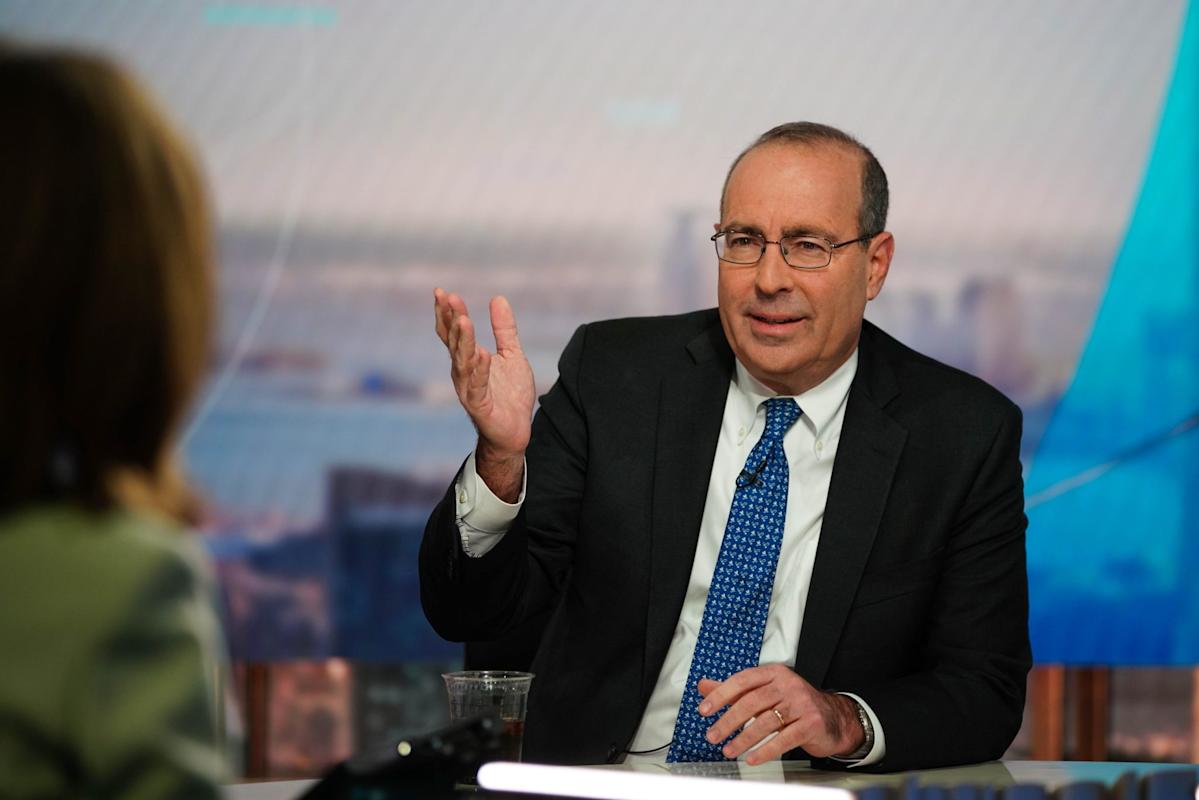Trump Presses Fed: April 2 Delay on Rate Cuts? Market Jitters Intensify
The ongoing tension between President Trump and the Federal Reserve is reaching a fever pitch, fueled by the President's public pressure for immediate interest rate cuts. While the Fed has signaled a potential easing of monetary policy, Trump's increasingly vocal demands are raising concerns about potential interference in the central bank's independence and its impact on market stability. The question on everyone's mind: will the Fed succumb to the pressure and delay its anticipated rate cut scheduled for April 2nd?
Trump's Public Campaign for Lower Rates
President Trump has repeatedly criticized the Federal Reserve's current interest rate policy, arguing that it's hindering economic growth and unfairly impacting his re-election chances. His recent tweets and public statements have intensified this pressure, directly targeting the Fed's upcoming meeting and urging a significant rate reduction. He believes lower interest rates would boost the economy and strengthen the dollar, claims disputed by many economic analysts.
The Fed's Balancing Act: Independence vs. Political Pressure
The Federal Reserve operates under a mandate of price stability and maximum employment. While it acknowledges the current economic slowdown and potential risks, it maintains its independence from political influence. Yielding to direct pressure from the President would set a dangerous precedent, undermining the Fed's credibility and potentially jeopardizing its ability to effectively manage the economy in the long run. The challenge for the Fed is to balance its commitment to sound monetary policy with the need to address legitimate concerns about the current economic climate.
Market Reactions and Economic Uncertainty
The ongoing feud between the President and the Fed has created considerable uncertainty in the financial markets. Stock prices have fluctuated significantly in response to Trump's pronouncements, reflecting investor anxiety about the potential implications of political interference in monetary policy. This uncertainty could further dampen investment and consumer confidence, potentially exacerbating the economic slowdown the Fed is already attempting to address.
Potential Scenarios for April 2nd
Several scenarios are possible leading up to the April 2nd meeting:
- Rate Cut as Planned: The Fed could ignore the President's pressure and proceed with a rate cut as previously indicated, reaffirming its independence and commitment to data-driven decision-making.
- Delayed Rate Cut: To appease the President, the Fed might delay the rate cut, potentially signaling a willingness to compromise its independence. This would likely trigger significant market volatility.
- Smaller Rate Cut: The Fed could opt for a smaller rate cut than initially anticipated, attempting to balance the President’s pressure with its own assessment of the economic situation.
The Importance of Central Bank Independence
The independence of central banks is a cornerstone of a stable and healthy economy. Political interference can lead to short-sighted policy decisions driven by electoral considerations rather than sound economic principles. Maintaining the Fed's autonomy is crucial not only for the US economy but also for the global financial system.
Conclusion: Awaiting the Fed's Decision
The coming days will be crucial as the market anxiously awaits the Fed's decision on April 2nd. The outcome will have significant implications for the US economy and global financial markets, shaping the narrative surrounding the 2020 elections and the ongoing debate about the role of government in economic policy. Will the Fed hold firm to its principles, or will it succumb to the immense political pressure? Only time will tell.
Related Articles:
- [Link to an article about the history of Fed independence]
- [Link to an article analyzing the current economic climate]
- [Link to an article discussing the impact of political pressure on central banks]
Keywords: Trump, Federal Reserve, interest rates, rate cut, April 2, economic policy, monetary policy, market volatility, central bank independence, political pressure, economic uncertainty, 2020 election.

